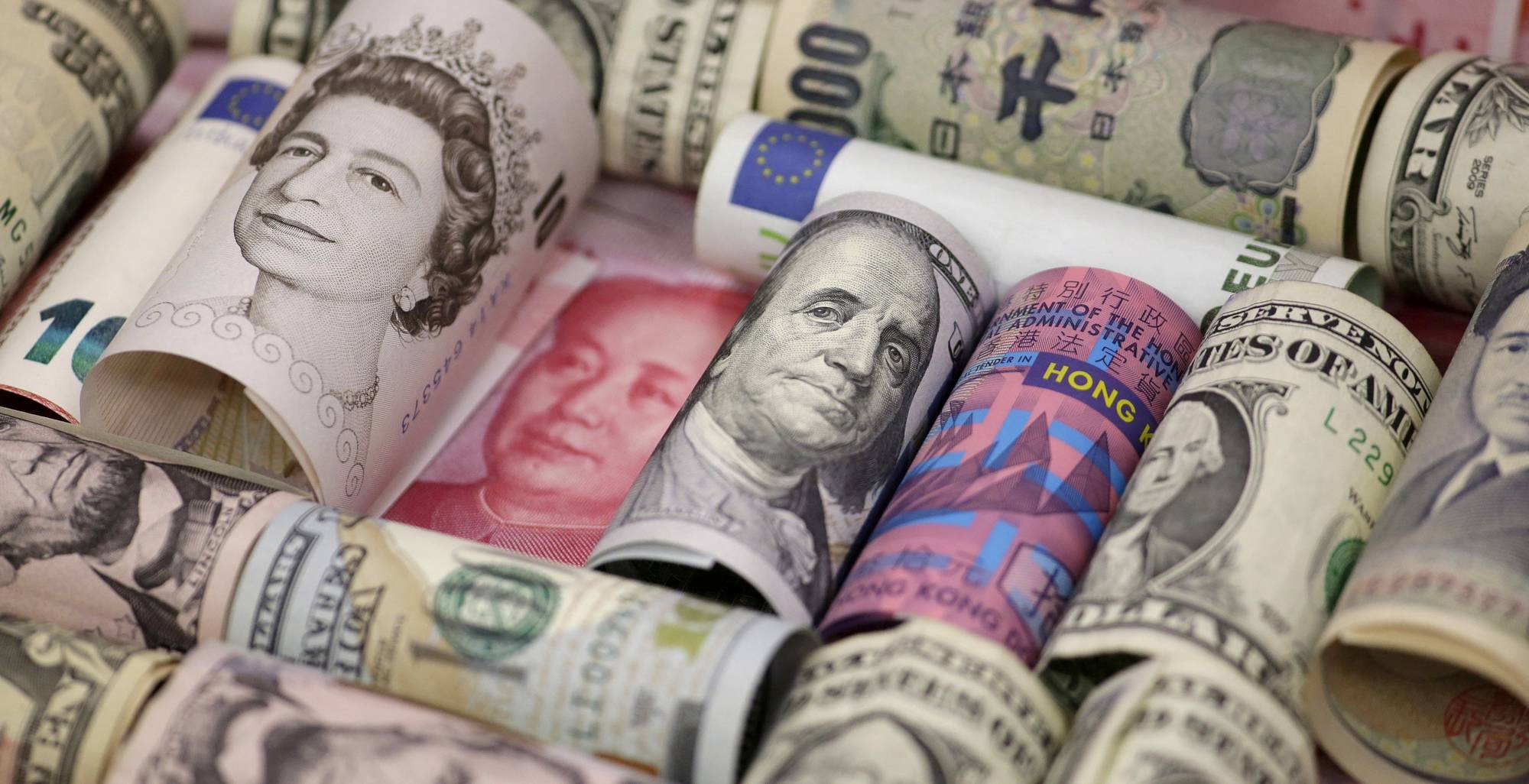One question emerges as the most pressing when financial vibrations transform into global earthquakes: **Can we continue to rely on the system?** The 2008 Global Financial Crisis and the economic turmoil that ensued in the wake of the COVID-19 pandemic underscored the importance of confidence in the establishment of a stable financial system. And at the core of that foundation are three pillars: **central banks, credit, and currency**.
These institutions and mechanisms are put to the ultimate proof during periods of crisis. Recovery becomes more challenging, inflation increases, and uncertainty intensifies when confidence in them is undermined. However, when they rise to the occasion, they not only restore stability, but they also reestablish faith in the future.
This post investigates the ways in which central banks, currencies, and credit systems have been confronted during recent crises, as well as the measures that must be taken to reestablish global confidence in them.
The Volatility of Currency in a Volatile World
Currency is a symbol of trust, transcending mere paper or digital code. The reason individuals embrace it today is that they are of the opinion that it will continue to be valuable in the future.
However, this trust has been put to the test in recent years:
* **Capital flight, inflation, and geopolitical instability** have resulted in wild swings in **emerging market currencies**. * **Advanced economies** have experienced currency fluctuations as a result of unconventional monetary policies, such as negative interest rates and massive quantitative easing. * **Digital currencies** have introduced new competition and confusion, which has challenged the use of fiat money.
**When individuals lose confidence in a currency, they frequently resort to dollars, gold, or cryptocurrencies, which can exacerbate the instability of the local economy.**
### What Actions Are Possible?
* Central banks are required to establish **credible, sensible inflation targets**.
* In order to prevent the monetization of debt, governments must maintain **fiscal discipline**.
**Transparency, interoperability, and regulatory clarity** should be the primary focus of digital currency frameworks.
The Lifeline of Recovery: Credit Systems
Economic growth is stimulated by credit. Investment ceases, consumption decreases, and recovery stagnates when businesses and households are unable to borrow at a reasonable rate.
Particularly during recent crises:
* **Small enterprises and informal sectors experienced a credit market freeze**. Access to capital was restricted in numerous countries, particularly those in the Global South, as a result of **sovereign credit downgrades**.
* **The cost of borrowing has increased due to the recent increase in interest rates**, which has sparked concerns about the possibility of a recession or financial contagion.
In addition to a low level of risk, the restoration of confidence in the credit system necessitates a sense of impartiality and accessibility.
### What Actions Are Possible?
* Enhance **credit guarantee programs** for small and medium-sized enterprises (SMEs).
* Enhance the depth of **local capital markets** in emergent economies to decrease reliance on external financing.
* Promote **sustainable lending practices** to ensure that credit is used to support inclusive and green growth.
Central Banks: From Firefighters to Architects
In each significant financial crisis, central banks have been the initial responders. However, their responsibilities are broadening, encompassing climate policy, financial stability, and the development of digital currencies, in addition to inflation control.
When crises occur, central banks are required to:
* **Promote market stability** by implementing liquidity infusions and asset purchases. * **Prevent panic and shape expectations by communicating clearly. * **Coordinate globally** to prevent fragmented responses that result in capital volatility.
Nevertheless, central banks are confronted with an increasing amount of **political pressure**, **credibility challenges**, and **limitations** in the event of supply-side shocks, such as pandemics or conflicts.
### What Actions Are Possible?
* Preserve **transparency and independence**, regardless of political pressure.
* While acknowledging ambiguity, embrace **data-driven decision-making**.
* Maintain distinct boundaries while collaborating closely with fiscal authorities.
Confidence Is a Global Asset
No economy is an island in a globalized world. Outflows, currency devaluations, or inflationary pressure in one country may be precipitated by a crisis in another. Restoring confidence necessitates more than just national policies; it necessitates **global collaboration**.
To establish systemic trust:
* The **IMF and World Bank** must be empowered to provide rapid and equitable assistance to fragile economies. * In order to prevent currency crises, the **Swap lines and financial safety nets** should be expanded.
* **Global frameworks for digital finance and capital flows** require modernization and harmonization.
The Future: Transitioning from Crisis Response to Resilience
The past two decades have demonstrated that crises will occur in various sectors, including economic, health, geopolitical, and environmental. The matter at hand is whether our institutions are capable of learning, adapting, and acting with integrity.
The process of reestablishing and sustaining trust in central banks, credit, and currency is not solely technical; it is profoundly human. It pertains to:
* **Assumption that money will maintain its value** * **Expectation that loans will be accessible when required** * **Assurance that policymakers are acting in the public’s best interest**
The restoration of that level of confidence is not an immediate process. However, it is possible to reconstruct it, and with it, a more stable global economy, through consistency, clarity, and commitment.

Leave a Reply